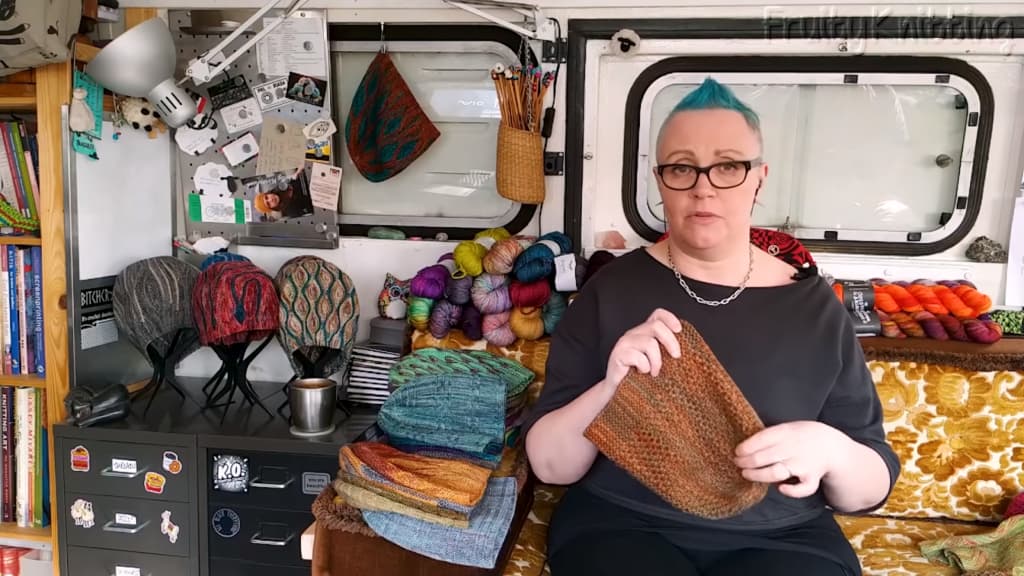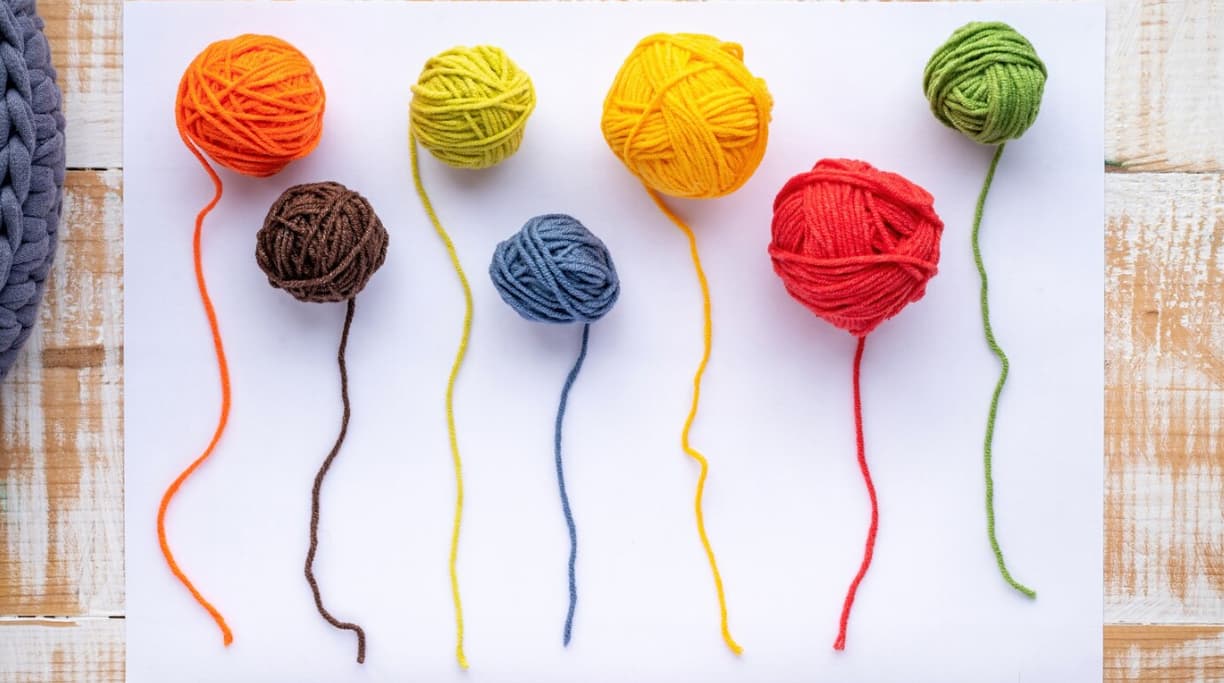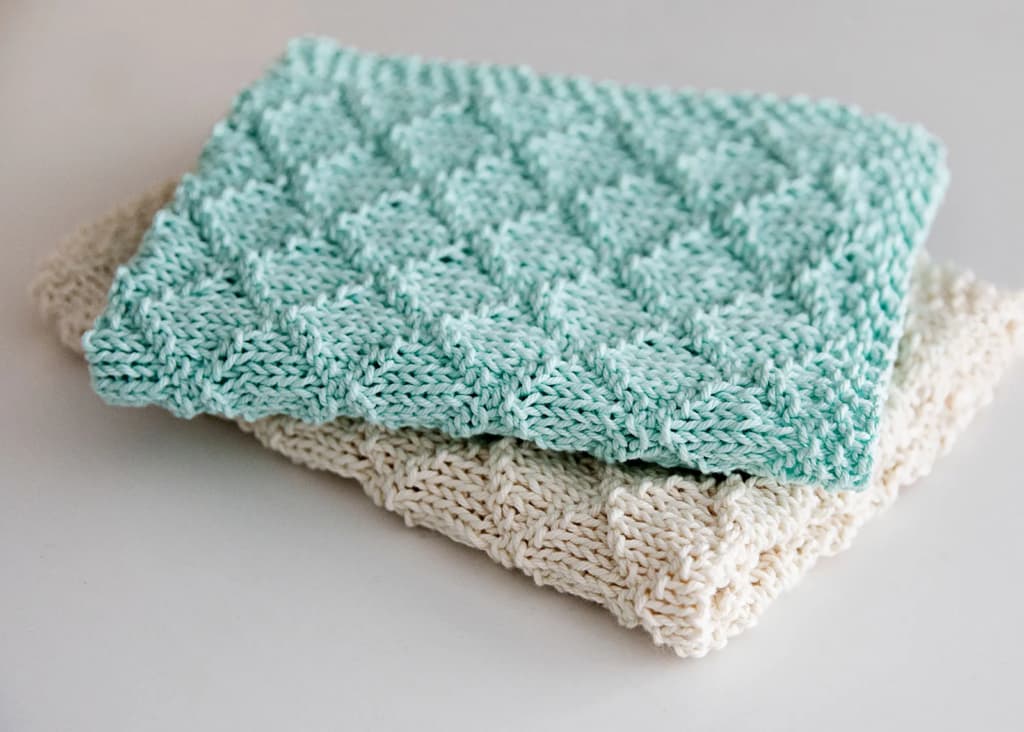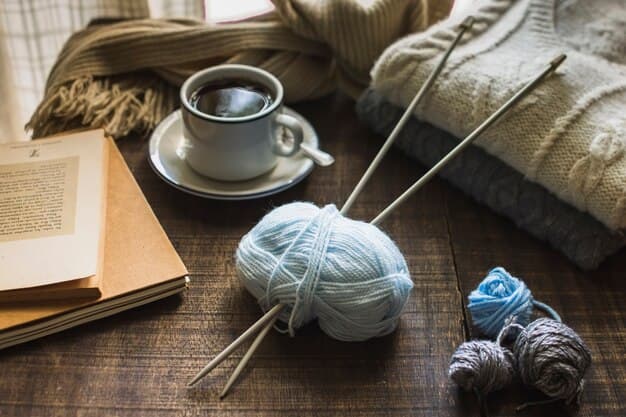Hats have always been a unique accessory in fashion, and Woolly Wormhead stands out as a notable designer in this realm. The new book “Classic Woolly Toppers” highlights her expertise, featuring 10 innovative hat designs. Each design in the book brings a modern perspective to traditional hat styles, showcasing the versatility and creativity in contemporary hat design. This exploration into Woolly Wormhead’s work offers an insightful look into the world of millinery. Next, the discussion moves to an interview with the designer, Woolly Wormhead, to delve deeper into her creative process.
Evolving Design: The Art of Hat Making with Woolly Wormhead
The discussion begins with a fundamental question: the appeal of designing hats. Hats are seen as an ideal project that requires just one skein, making them both portable and singular in their creation. They serve as excellent tools for teaching and learning new knitting techniques and construction methods. From a sculptor’s perspective, hats offer immense versatility as a garment, allowing for exploration in three-dimensional form and design. This makes them an intriguing item in the realm of fashion and design.
The conversation then shifts to the noticeable chic and wearable nature of the latest collection, including the understated yet elegant approach in photography and styling. This is contrasted with some of the designer’s earlier, more avant-garde creations. The evolution of a designer’s style is highlighted, emphasizing growth and the development of new skills, particularly in photography. The intention behind “Classic Woolly Toppers” was to capture a timeless yet distinct essence in both the designs and their presentation.
While acknowledging a fondness for more unconventional hat designs, it is noted that these often do not sell as well. This does not deter the design process, as the focus is on what is intriguing in terms of construction, rather than personal preference in wearability. This approach underlines a commitment to continuous learning and challenge, with each design offering a new opportunity for growth and discovery in the field of hat design.
Choosing Materials and Tools in Hat-Making
- In the realm of hat-making, wool stands out as the preferred fiber, especially in the DK to Aran weight range (18 to 24 stitches per 10cm/4in);
- This choice is rooted in achieving a balance between quick project completion and the capacity for intricate details;
- Initially, chunkier yarns were more common, but they were found to be limiting due to their reduced gauge flexibility for detailed work.
The preference for knitting needles has evolved from double-pointed needles (DPNs) to KnitPro interchangeable needles. Wooden needles are favored for their natural warmth and comfort. Metal needles can lead to looser stitches, while plastic ones may cause discomfort due to hand sweating. The use of interchangeable needles enhances the portability and convenience of knitting, as it allows for an array of needle tips and cables to be easily carried, greatly contributing to the efficiency and enjoyment of hat crafting.
Selecting and Knitting the Perfect Style for Your Features
When selecting a hat to knit, several factors should be considered to ensure it complements the wearer’s features. These include the shape of the face, the length of the hair, and whether glasses are worn, among others. The key is to achieve a balanced look that harmonizes with one’s personal attributes. Understanding the principles of proportion is crucial, as it allows for an informed selection of hat styles that suit individual features. Once these principles are understood, it becomes possible to experiment and play with different designs while still maintaining a flattering appearance. This knowledge empowers knitters to be more adventurous and creative in their hat knitting projects, allowing them to enhance their features in unique and stylish ways.
The Story of Woolly Wormhead
- The origin of the unique name “Woolly Wormhead” traces back to a time when the individual was a full-time teacher in Art and Textiles, known for having remarkably vibrant and ever-changing hair;
- This included various colors like pink, purple, and orange, as well as different styles such as dreadlocks and short, multi-colored hair;
- The name “Wormhead” originated from a student’s comment during a time when the teacher had dreadlocks;
- The student’s remark, intended to be sly, was actually embraced and liked, leading to the adoption of the name;
- The “woolly” part of the name reflects a deep affection for wool, a natural extension of the individual’s passion for textiles.
Over time, while there may have been moments of reflection on the suitability of the name, it has become an integral part of the individual’s identity, resonating with their personal and professional journey, even beyond the era of dreadlocks.
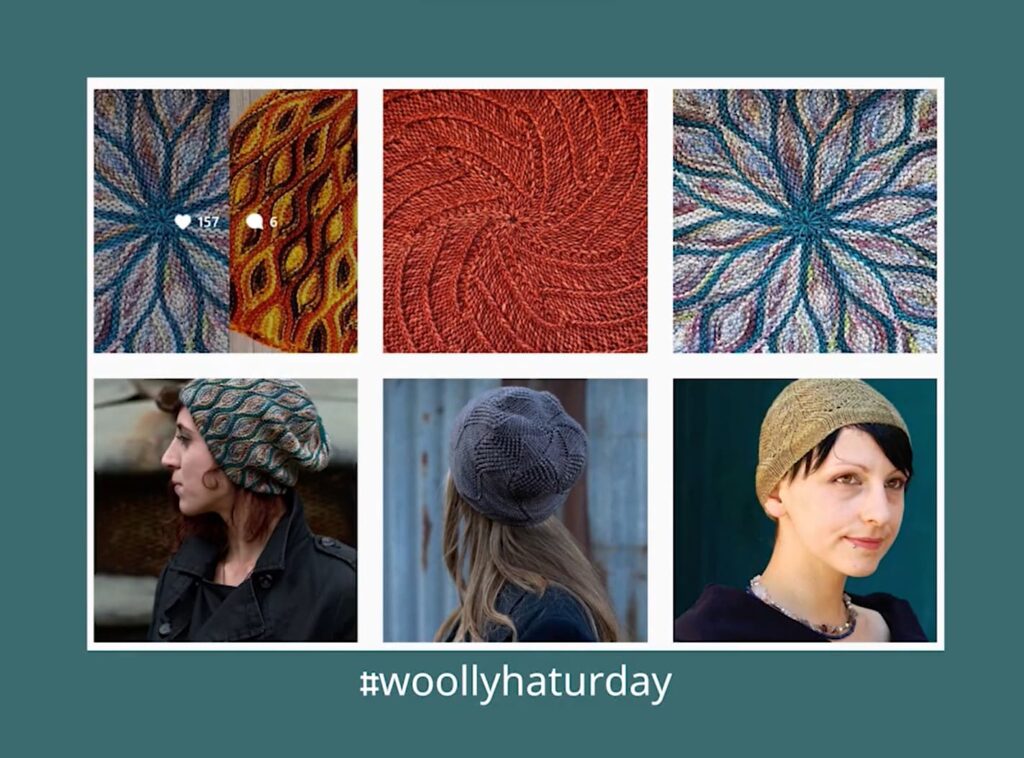
Nomadic Tranquility: Embracing Life on a Bus
She finds living in a bus incredibly fulfilling. The need for mobility and an aversion to permanence define her lifestyle. Her double-decker bus, although stationary for the past few years, offers the comforting possibility of movement whenever desired. Recently, she transitioned from a smaller bus to a caravan, favoring its fuel efficiency for travel adventures.
Owning and personally tailoring her bus-home has been an empowering journey. Without the burden of a mortgage and with only moderate site rent, her living costs are significantly reduced, thanks to a lifestyle that prioritizes simplicity and environmental consciousness. She practices extensive reuse and recycling, ensuring minimal waste. Consumerism is not a major aspect of her life, though she recently indulged in the novelty of purchasing a new TV, the first in many years.
Her lifestyle is hands-on, with limited reliance on gadgets, preferring manual tasks that foster a deeper connection with the environment. This connection is enhanced by living in a metal home, which starkly contrasts with traditional brick and mortar dwellings in how it responds to weather. The bus heats and cools rapidly; the woodburner, her sole source of heat, must run continuously in winter to combat the outside cold. Without hot running water or an indoor bathroom, and lacking air conditioning, summers can be challenging, often leading her to spend more time outdoors, where it’s surprisingly cooler. Living in a bus offers a distinctive experience, especially evident during rain or extreme temperatures, presenting a unique blend of challenges and serenity.
The Journey to Knitwear Design
The path to knitwear design was a natural evolution, stemming from a lifelong passion for knitting. The journey began with creating personal knits, including a self-designed jumper at the age of 14. This early experience laid the foundation for a deeper exploration into design, especially with a fondness for hats leading to an interest in hat design.
The serious pursuit of publishing patterns coincided with a career transition, prompted by health-related issues in a previous teaching job. Designing and meticulously documenting patterns became not only a creative outlet but also a beneficial cognitive exercise. This meticulous approach to pattern writing, even for the simplest designs, was fueled by a desire to maintain and refine the skill. The publication of these designs revealed a unique niche, marking a significant milestone in the journey as a knitwear designer.
Regarding personal use of these designs, there was a period when none of the hats were worn, particularly during the time of having dreadlocks, which made the samples too small for personal use. However, with a change in hairstyle, there’s a renewed interest in wearing these creations, like the Camden Cap currently being made. The samples, typically sized for models with smaller head sizes, remain largely unworn to preserve their condition.
In the realm of knitting beyond hats, there are ambitions to create jumpers, despite the limited time for personal projects. Several designs are on the wish list, including ‘Goodale’ by Cecily Glowik MacDonald, ‘Baby Cables & Big Ones Too’ by Suvi Simola, and ‘Still Light Tunic’ by Veera Välimäki, all envisioned in black. These projects represent a delightful deviation from the usual focus on hats, showcasing a broader range of knitting interests and skills.
Key Advice for Aspiring Authors
For those considering self-publishing, there are a couple of key pieces of advice to keep in mind. Firstly, understanding the capabilities of your existing tools and software, and acknowledging your personal limitations, is crucial. It’s not about possessing the latest or most expensive equipment but rather about maximizing the potential of what you already have. This understanding helps in making informed decisions about where to invest time and resources. Being honest about personal limitations is also vital; while learning is always possible, self-publishing requires significant stamina and confidence, not to mention the ability to manage projects and budgets effectively. The potential rewards, however, include higher income and complete control over one’s work.
Secondly, pursuing your unique creative path is essential, especially in independent publishing. Self-publishing is often undervalued compared to traditional publishing, despite requiring more work and energy to succeed. While self-published works may not carry a publisher’s endorsement, the audience’s feedback can be a more rigorous measure of success.
Conclusion
Looking ahead, there are several exciting projects in the pipeline. One upcoming book will focus on sculptural hats, aiming to create innovative designs from knitted fabric without felting and incorporating different sizes, a challenge considering the fluid nature of knitted fabric. Another project in the works is a book of children’s hats, titled ‘Playful Woolly Toppers.’ The goal is to continuously explore and create within the realm of knitwear design, always keeping something new in development.
